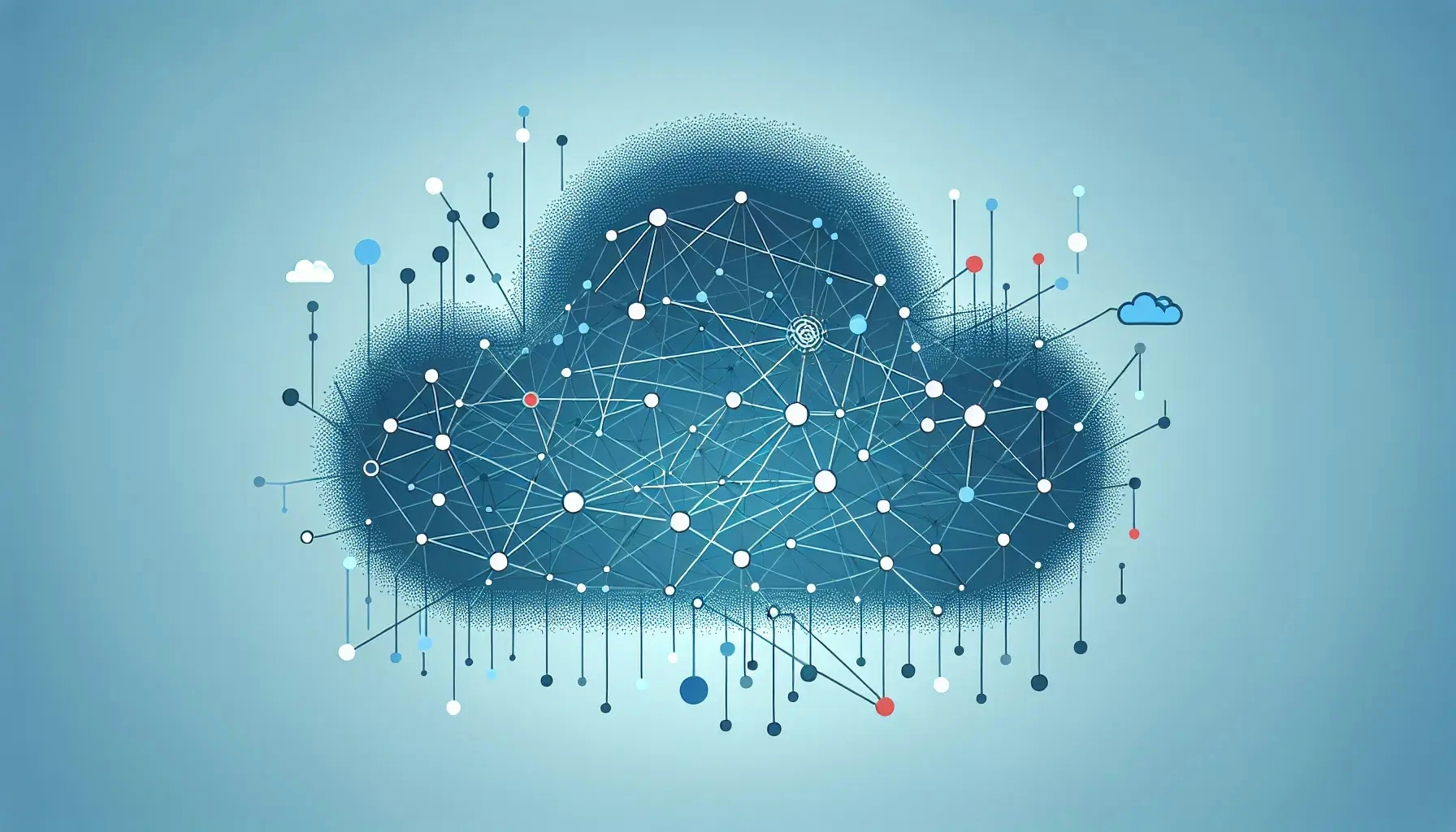In today's digital age, IT continuity is a critical aspect of any business. Unforeseen disruptions can occur at any time, and they can significantly impact your operations. This blog post aims to guide you on how to ensure IT continuity during such disruptions. We will delve into various strategies and techniques that can help your business stay resilient and maintain operations even when faced with unexpected challenges.
Understanding IT Continuity
IT continuity refers to the set of processes and procedures that ensure your IT services remain available and operational during and after a disruption. These disruptions can range from natural disasters to cyber-attacks, and even simple power outages. The goal is to minimize downtime and prevent data loss, which can have severe financial and reputational consequences.
A robust IT continuity plan is not a luxury but a necessity in today's interconnected world. It ensures that your business can continue to function and serve its customers, even in the face of adversity. Moreover, it provides a sense of security and confidence to your stakeholders, knowing that the business is prepared for any eventuality.
Importance of Planning for IT Continuity
Planning is the bedrock of IT continuity. Without a well-thought-out plan, your business is vulnerable to disruptions. The plan should outline the steps to be taken before, during, and after a disruption to ensure your IT services remain operational.
The planning process should involve identifying potential threats and assessing their impact on your IT services. This risk assessment will help you prioritize your resources and efforts. For instance, if your business is located in an area prone to earthquakes, your plan should include measures to protect your IT infrastructure from such events.
Key Elements of an IT Continuity Plan
An effective IT continuity plan should include several key elements. These include a disaster recovery plan, a business continuity plan, and a crisis management plan.
A disaster recovery plan focuses on restoring IT systems and services after a disruption. It includes steps to recover lost data and restore damaged hardware or software.
A business continuity plan, on the other hand, focuses on keeping the business running during a disruption. It outlines the steps to be taken to ensure critical business functions continue to operate.
Lastly, a crisis management plan outlines how to manage the crisis itself. It includes communication strategies to keep stakeholders informed and steps to mitigate the impact of the disruption.
Implementing Your IT Continuity Plan
Once you have a plan in place, the next step is implementation. This involves setting up the necessary infrastructure and systems to support your plan. For instance, you may need to invest in backup systems or redundant hardware to ensure your IT services remain available during a disruption.
Implementation also involves training your staff on the plan and their roles during a disruption. Regular drills and exercises can help ensure everyone knows what to do when a disruption occurs.
Regularly Reviewing and Updating Your IT Continuity Plan
IT continuity is not a one-time effort. As your business evolves, so too should your IT continuity plan. Regular reviews and updates are necessary to ensure your plan remains effective.
These reviews should consider changes in your business environment, such as new threats or changes in your IT infrastructure. They should also consider feedback from your staff and lessons learned from any disruptions that have occurred.
Leveraging Technology for IT Continuity
Technology plays a crucial role in IT continuity. From cloud-based backup systems to automated failover mechanisms, technology can significantly enhance your ability to maintain IT continuity during a disruption.
For instance, cloud-based systems can provide an off-site backup of your data, protecting it from local disruptions. Similarly, automated failover mechanisms can ensure your IT services remain available even if your primary systems fail.
Embracing IT Continuity Amidst Disruptions
Ensuring IT continuity during unforeseen disruptions is a critical aspect of modern business. It requires careful planning, effective implementation, regular reviews, and the right technology. By embracing these strategies, your business can remain resilient and continue to serve its customers, even in the face of adversity.

